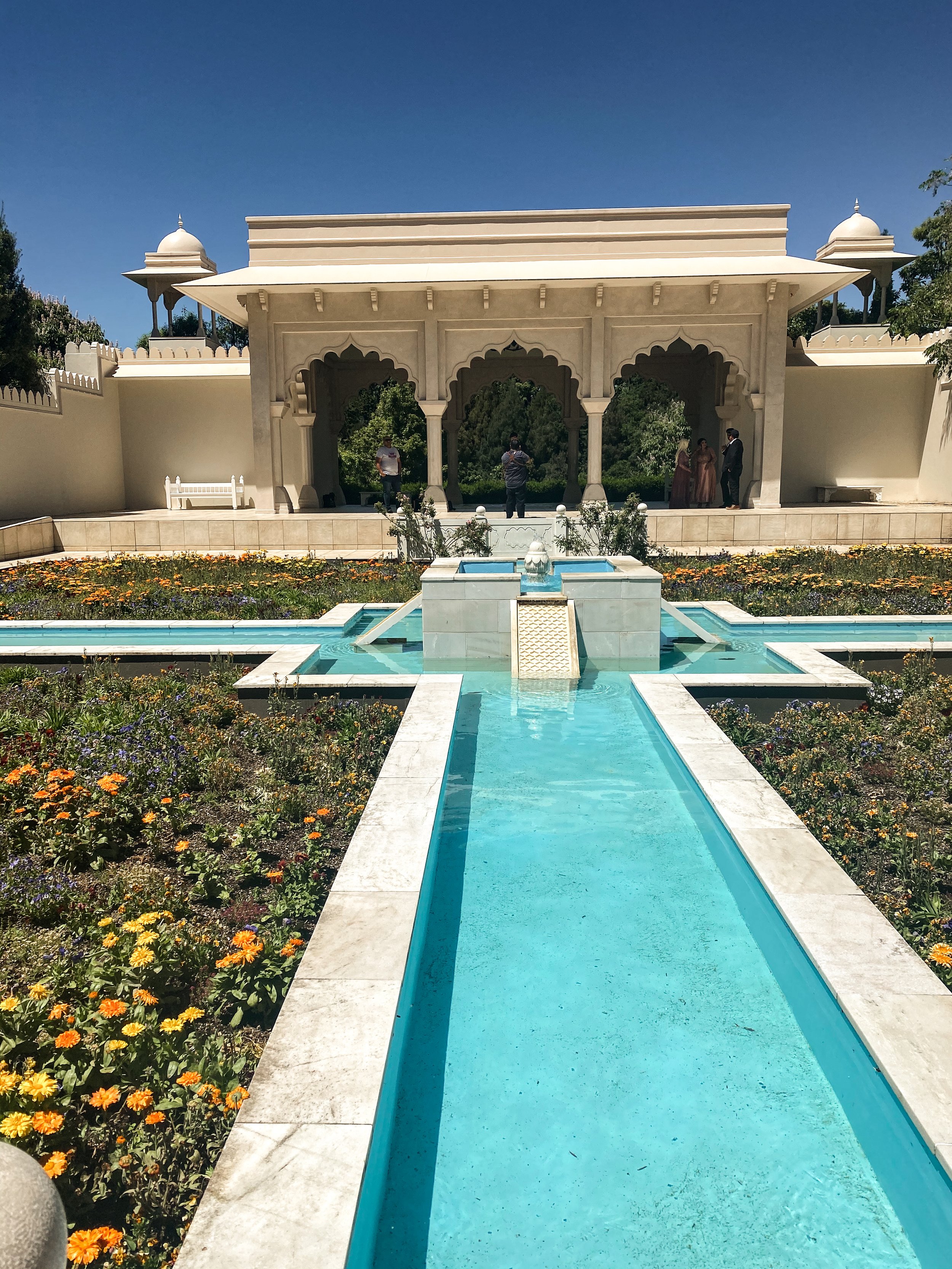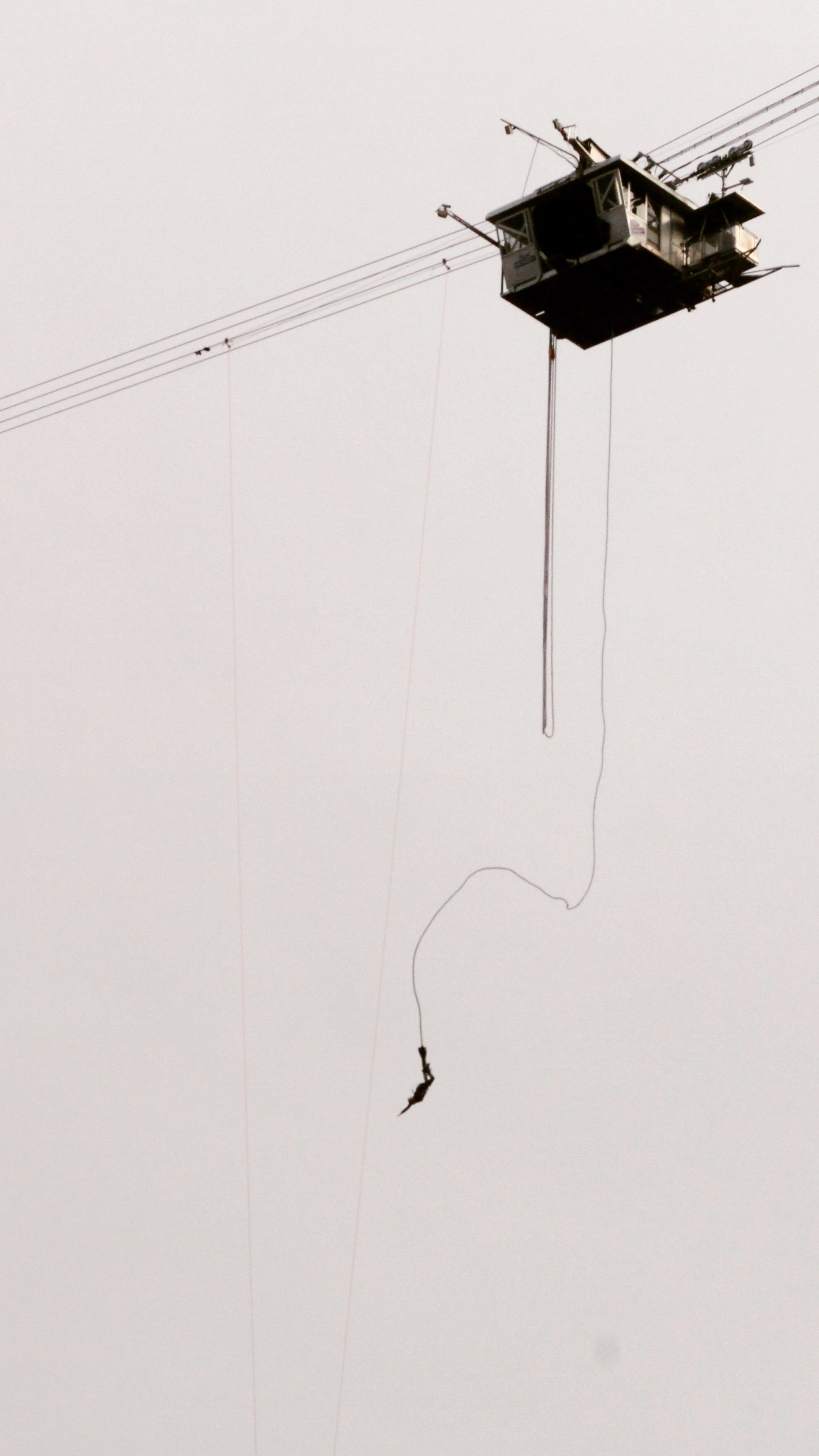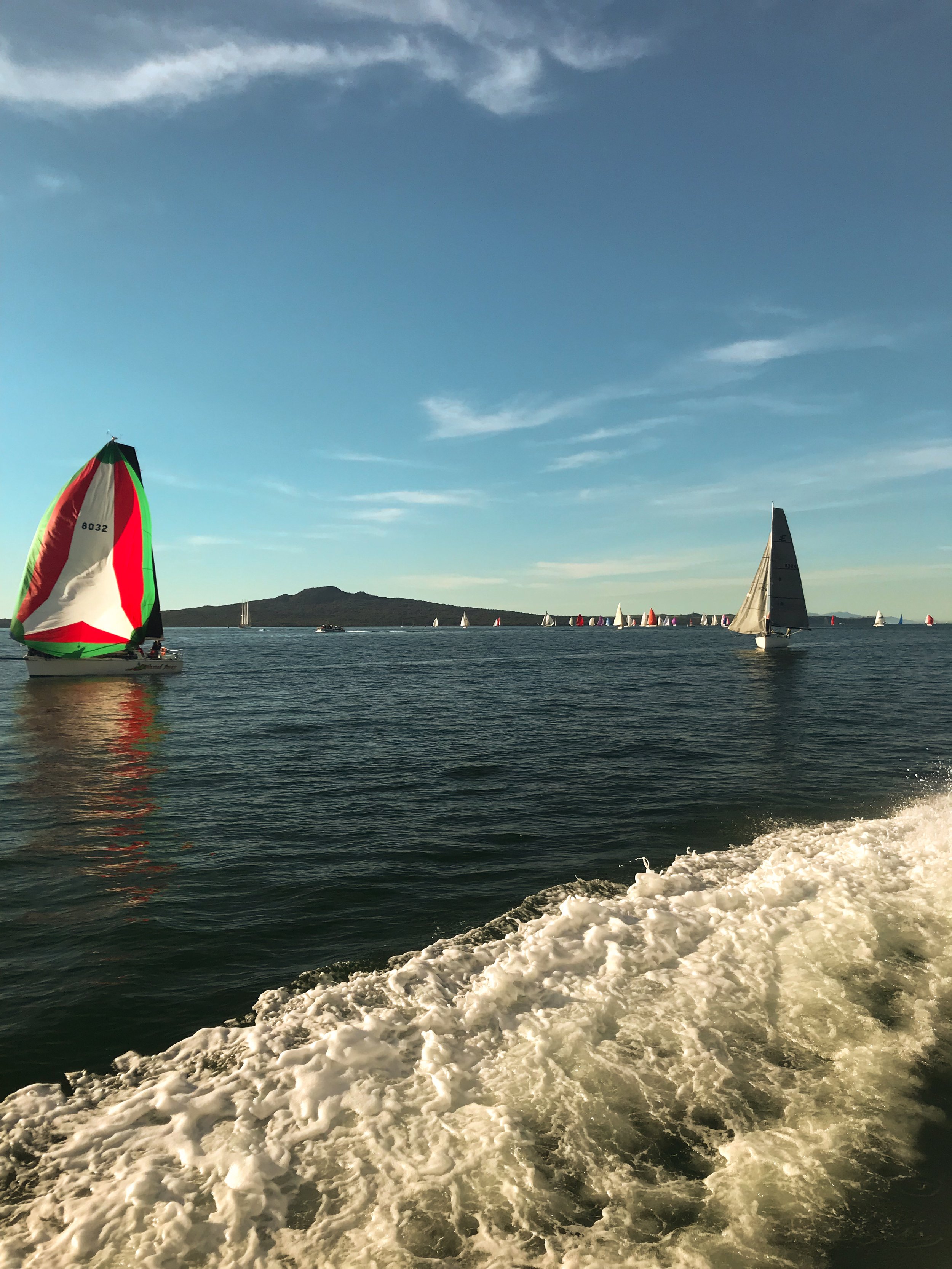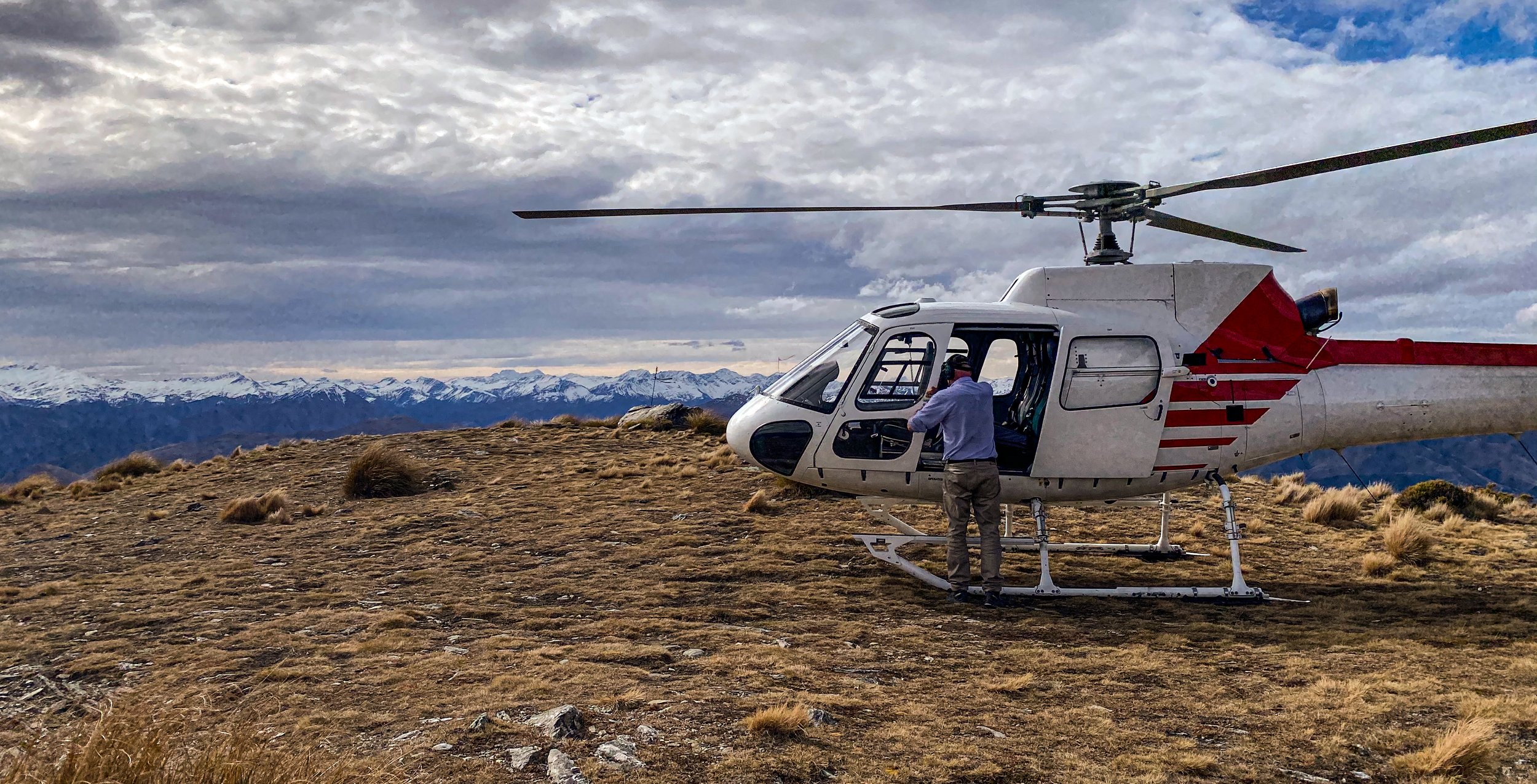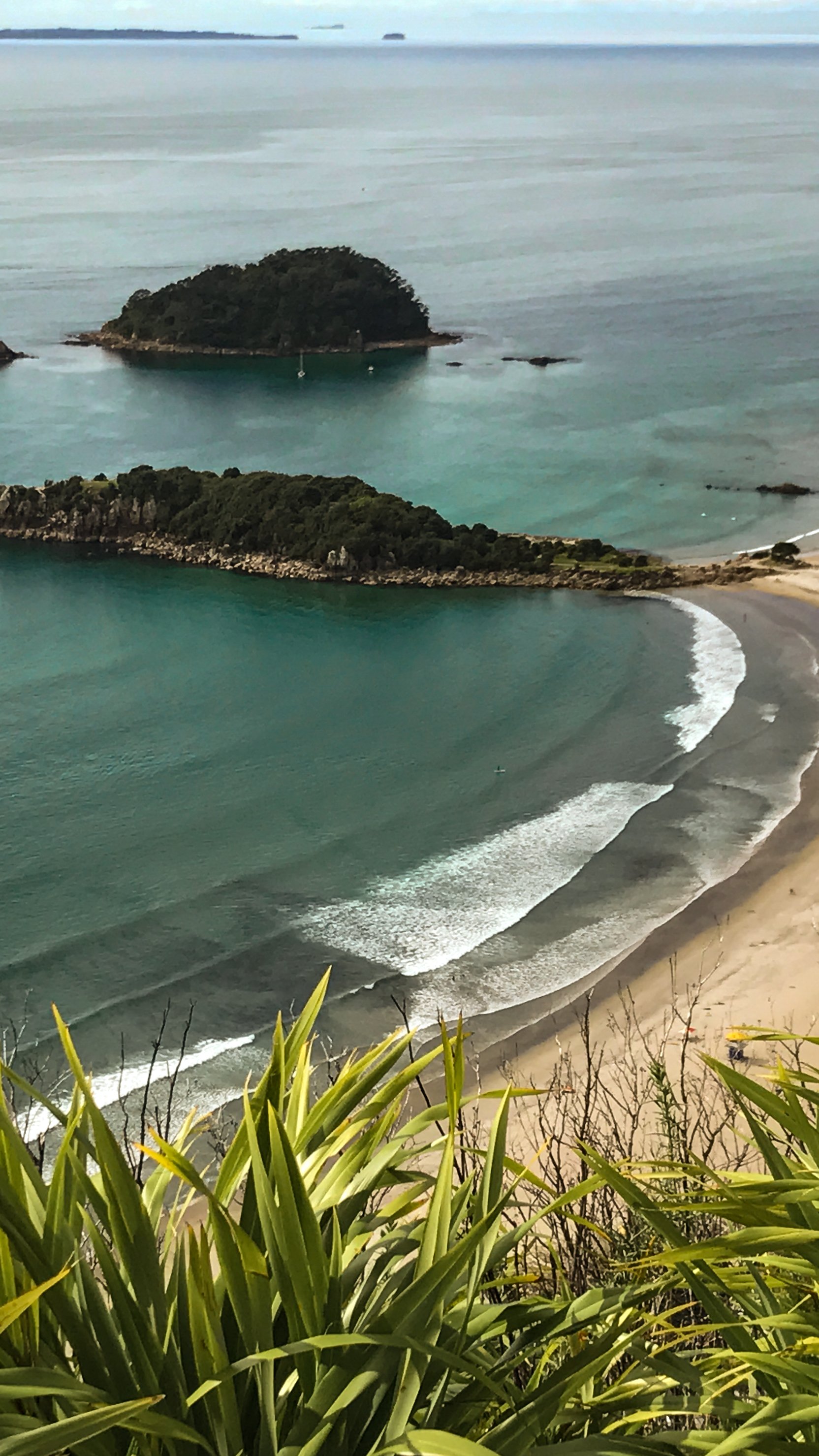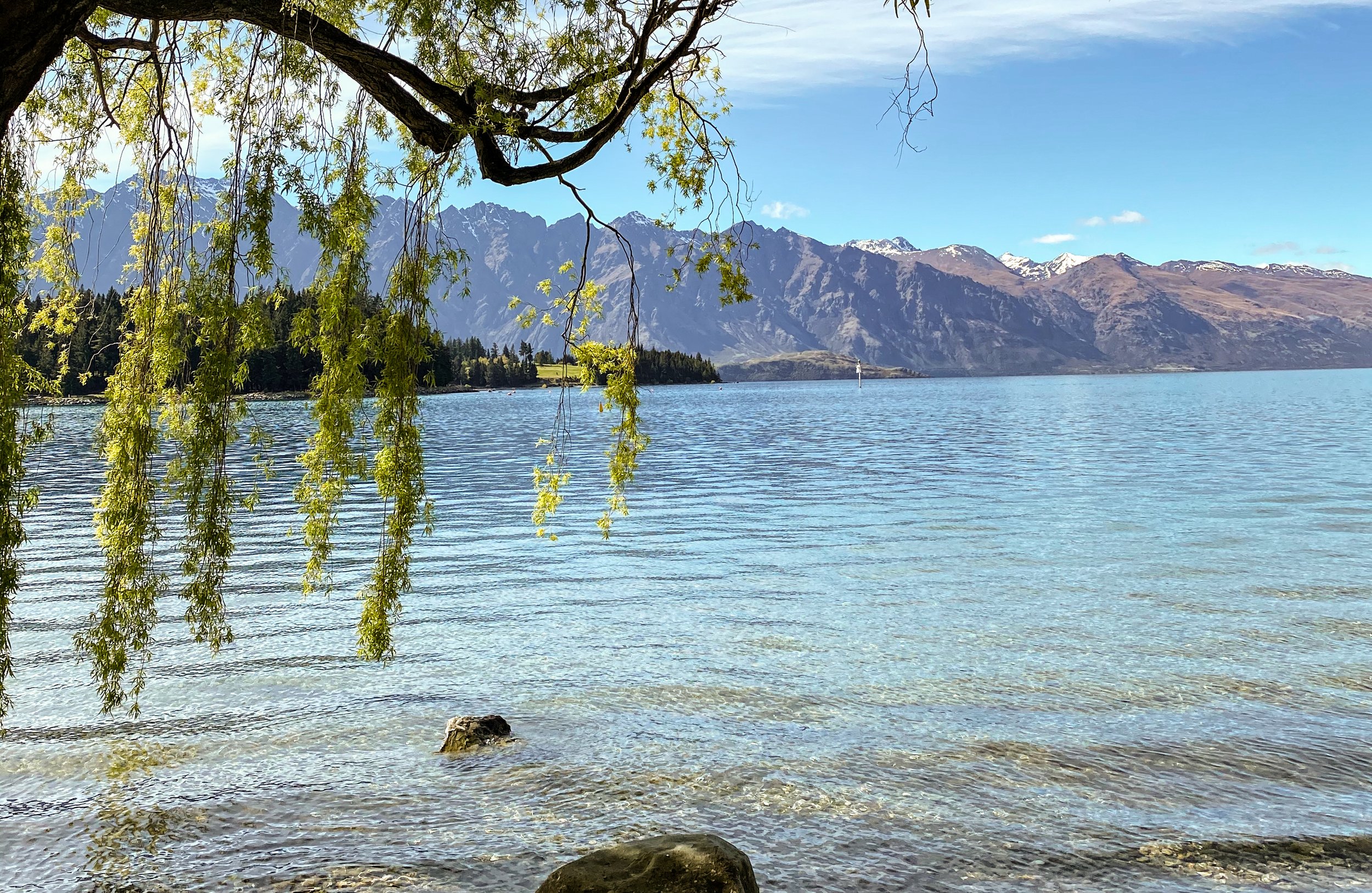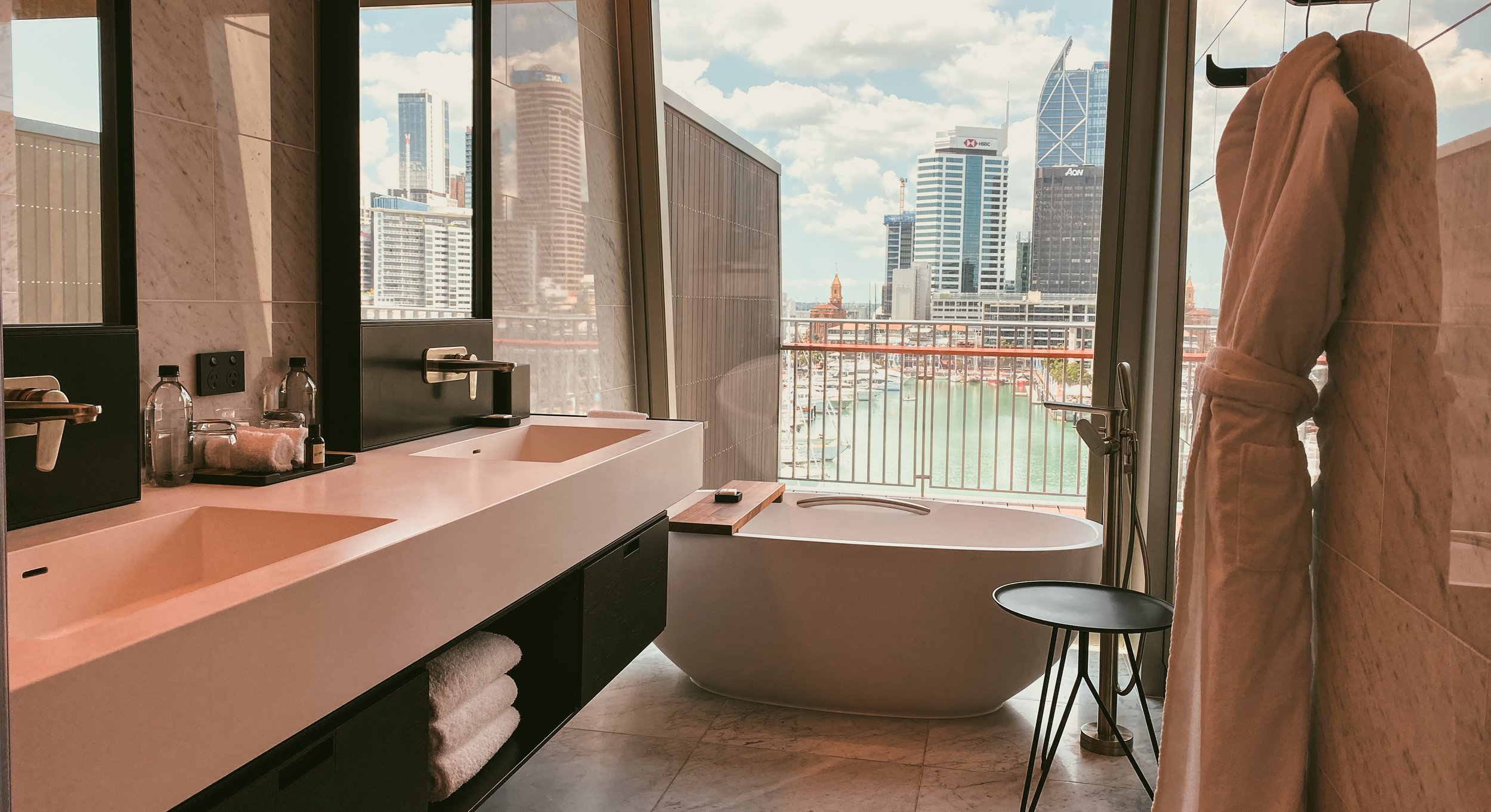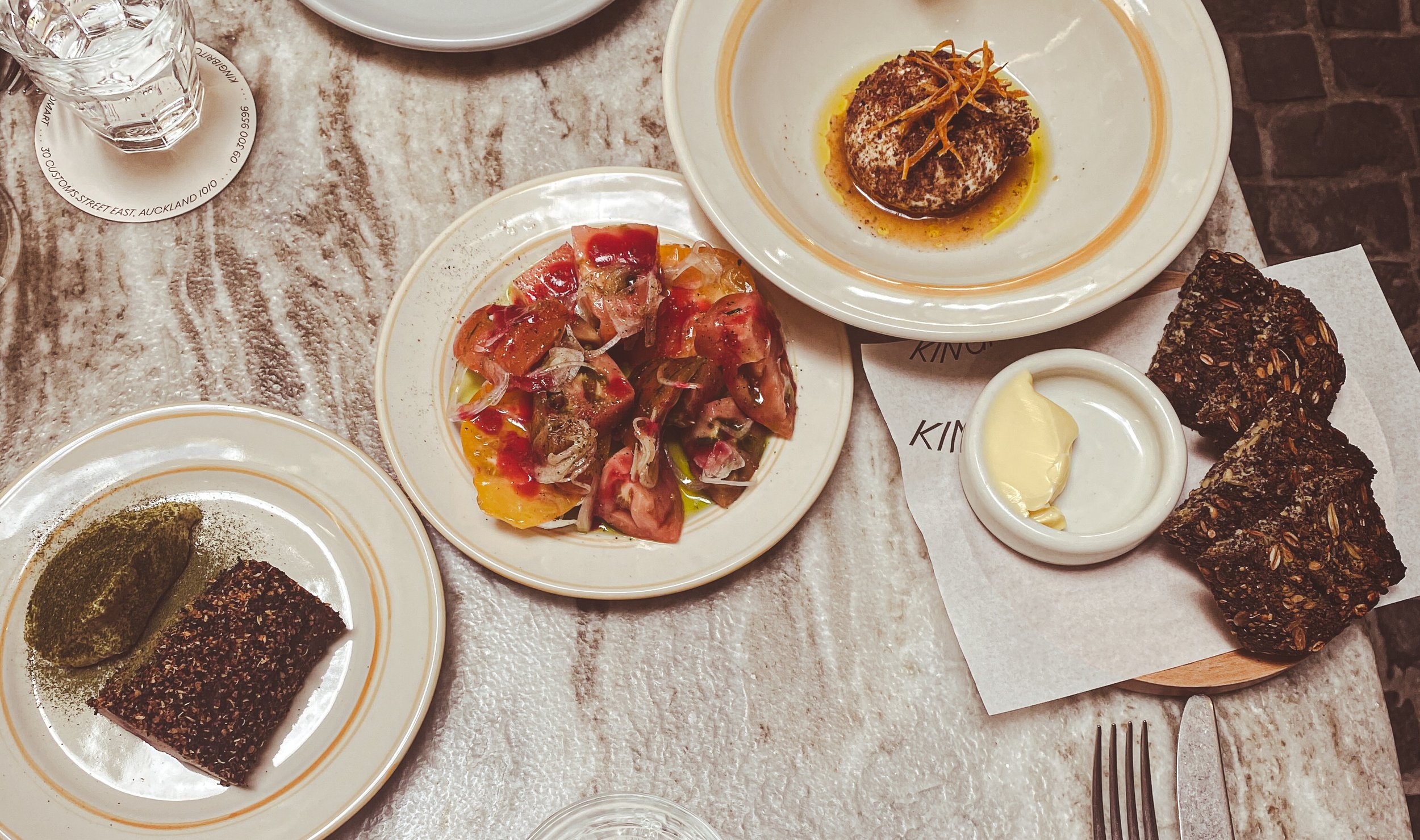The Ultimate New Zealand Travel Guide
Auckland City waterfront at sunset
About New Zealand
New Zealand is famed for its rugged coasts and stunning fjords. Similar to Norway, the terrain is mountainous with an abundance of glaciers and natural wonders. The country is comprised of 3 islands, the two main islands being the North Island and the South Island. New Zealand became renowned for its iconic scenery after the Hollywood blockbuster Lord Of The Rings was filmed locally, highlighting the dramatic landscapes of Fiordland, Tasman, Mackenzie Country, Southern Lakes, and the Waikato.
The total population is 5 million, with 1.7 million residents residing in Auckland City, the biggest city center nationally. 70% of the local population in New Zealand is European, however, the indigenous people are Maori. The Maori language “Te Reo Maori” is spoken throughout New Zealand and can often be seen on tourist signage, but the vast majority of people speak English.
Location
The nation is part of the Oceania continent and can be found at the bottom of the globe only 4,868 km away from Antarctica. New Zealand has the South Pacific Ocean on one side, and the Tasman Sea on the other.
Politically, the country has close economic ties with many of its neighboring island countries including Australia, Fiji, The Cook Islands, Tonga, and Samoa. Many of these islands are less than a 4-hour flight away and have regular direct daily flights from Auckland airport. We recommended adding in a trip to Fiji or the Cook Islands as part of your Oceania travel itinerary.
There are 6 international airports in New Zealand with direct flights from many of the major travel hubs. Auckland International Airport is the biggest airport, with regular direct flights to Los Angeles, New York, Dubai, Guangzhou, Singapore, Sydney, Vancouver, Santiago, and Seoul.
Travel Restrictions
New Zealand has heavy travel restrictions that were implemented during the Covid-19 outbreak. Currently, entry into New Zealand is limited, border restrictions will loosen on July 31st, 2022, however, you will only be granted entry into New Zealand if you meet the following criteria:
You are a New Zealand citizen or resident.
You are an Australian citizen or permanent resident
You have an approved working holiday visa
You have an approved student visa
You have an approved visitor visa
For the latest up-to-date information on entry requirements for New Zealand, you can check out a step-by-step guide that is regularly updated by the New Zealand government here
Before you go you need to ensure you can show proof of being fully vaccinated, this is a government requirement for entry. Accepted forms of proof include a digital vaccine passport or another form of electronic or paper document from a government health authority confirming you have had a full COVID-19 vaccine course.
You will also need to complete a travelers declaration form which you can find here. Once you’ve entered into New Zealand, you’ll need to complete 2 rapid antigen tests (RAT) after you arrive. One on the first day in NZ, and the second on Day 5/6. The RAT will be supplied to you by customs as you enter into the country.
Best Time To Go
The weather in New Zealand can be unpredictable at the best of times. Varying throughout the days and weeks, as the famous Kiwi band Crowded House sings, there are four seasons in one day. With that in mind, to get the best chance of having consistently warm weather we recommend visiting over the months of February and March. This is also a very festive period where locals take time off work, get out, and enjoy the weather. The weather over this period ranges between 16°C to 24°C, making it an ideal climate for enjoying the local beaches, sailing, hiking, and touring local wineries.
If you want to see New Zealand for skiing and snowboarding, then we recommend planning a trip for late June when Queenstown hosts the winter festival. The winter festival includes a host of entertaining local events, such as apres-ski concerts on the mountains, light festivals, and art shows.
Costs
The currency is the New Zealand dollar, which is usually weak versus the Pound, US dollar, and Euro. This helps to make prices quite reasonable and you will find lots of 5-star accommodation under $500 USD a night.
Food is also reasonably priced with a variety of food styles on offer, from cheap street eat style takeaway food to cafes and fine dining. New Zealanders take great pride in their coffee, which is usually priced at around $3.20 USD at a modern cafe. You’ll be able to find good quality cafe food for around $20 USD and cheap eat food trucks for under $10 USD. For a fine dining meal with a nice bottle of wine, you’ll be looking at about $250 USD for a couple. Supermarket food pricing is high as most food items are imported from overseas, but local meat is high quality and reasonably priced. You could buy a week’s worth of high-quality food for two from the supermarket for $150 USD.
The cost of getting around varies depending on which region you are in as many small towns and cities don’t offer much public transport. You’ll likely want to hire a car, but be aware that petrol prices are very high and if you are driving between cities you will likely need to travel long distances. A full tank of gas in New Zealand is around $110 USD. Uber is available in the larger cities throughout New Zealand and is a cost-efficient way of getting around places like Auckland, Queenstown, Christchurch, and Wellington.
Domestic flights are cost-effective and easy to catch with Jetstar and Air New Zealand offering regular daily flights to most major destinations. We recommend you keep an eye on the Air New Zealand sale airfare page Grab a Seat for cheap domestic flights.
Many of New Zealand’s nature parks, natural wonders, museums, and beaches are free to visit or require a donation on entry.
Tipping is not mandatory in NZ and the prices on goods and services will generally be inclusive of tax.
Things to Know
In New Zealand, people drive using the left- side. Be prepared for this if you are planning to hire a car. The configuration of the car will have the steering wheel and driver sitting on the opposite side than what you are used to if you are from America/Europe/South America/Canada or Russia. This can be quite daunting when you first pick up your hire car and you are trying to get used to the local street signage.
Traffic congestion is a major issue in Auckland City, and nationwide over holiday periods. If you are traveling over Easter, Christmas, or New Years make sure you allow for plenty of additional time in traffic.
New Zealand water is fine to drink from the tap, in fact, lots of the water comes straight from springs and local dams. You will find water fountains dotted around major cities and towns making it easy and free to always refill your water bottles.
New Zealand uses angled two or three-pin plugs these are the same as the plugs used in Australia and many parts of Asia. The local electricity supply runs at 230/240 volts.
Traditionally New Zealand was considered a very safe country for solo travelers, but the recent lockdowns have increased crime rates in city centers dramatically. Be aware of your surroundings when you are out drinking. At the moment we do not advise being out alone at night in Auckland City, Wellington City, or Northland. Keep an eye on your belongings in Auckland City and try to take taxis/Ubers over walking if traveling around the City Center in the evening.
The emergency number for the police, fire, and ambulance is 111.
What to Pack
As we mentioned in the weather section, make sure you have a range of clothes for the changing climate. In summer the sun can be harsh due to high UV factors, so you’ll want to make sure you have a hat, sunscreen with SPF30+, and sunglasses. To be prepared for rain showers or tropical cyclones pack a raincoat, closed shoes such as a boot or sneaker, and a warm jumper.
If you are heading to more remote towns rather than larger cities you’ll find most kiwis are fairly down-to-earth and dress quite casually. You can get away with wearing gym clothes or sports clothes in most locations.
If you are heading to Auckland, Wellington, Dunedin, or Queenstown you’ll find that lots of the streets can have big inclines when walking around the city, so pack shoes that you are reasonably comfortable for walking.
You’ll want to pack a good quality camera, as you’ll be inundated with spectacular scenery. Also if you are planning on doing a road trip make sure you have a good Spotify playlist and a Bluetooth speaker sorted as the radio stations will cut out as you drive. Free wifi is not very common, so we recommend going old school and packing a map or organizing a GPS system with your hire car.
Things To Do
New Zealand is full of national parks, breathtaking treks, and dramatic scenic reserves. There’s a lot of adventure to be had, here’s our list of must-do activities while you are in New Zealand.
North Island Hire a yacht for the day and sail to Waiheke.
Waiheke is one of Auckland’s best day trips. You’ll be able to soak up the sights of Auckland’s skyline from the harbor, then lap up the beautiful island of Waiheke. Waiheke is full of renowned wineries and restaurants. Public beaches are all around the island, providing sheltered bays to anchor your boat. Head to shore to sip on some wine and take in the expansive views across the harbor. We recommend anchoring at Man o’ War bay and heading straight into the local beachside vineyard.
Surf in Mount Maunganui
Mount Maunganui is a charming small beach town in the central North Island. Travelers like Mount Maunganui for its laidback surfer vibe. Here you’ll find lots of local pubs with great music gigs, boutique breweries, vegan cafes, and boho-chic clothing stores. Spend the day surfing at the beach and the evening enjoying a freshly brewed beer and live music.
Kayak with dolphins in the Bay of Islands
The bay of islands is at the upper end of the North Island and is comprised of 144 small islands. You can head out and explore them via paddleboard, boat, kayak, or jetski. We recommend jumping in a Kayak and heading to the outer islands as this will allow you to get up close with local marine life. Friendly dolphins frequent the area. There are lots of guided Kayak tours available, we recommend Bay of Islands Kayaking.
See the enchanting glow worms light up Waitomo Caves
Waitomo can be found in the middle of the North Island near Hamilton. Here you will find an extensive natural underground cave system made of limestone, that you can explore through rafting, canyoning, or by taking one of the guided boat tours to see the glow worms. This is one of the most popular tourist attractions on the North Island and can be combined with a visit to the Hamilton gardens or the blue and green springs of Putaruru.
South Island Take a helicopter over Queenstown
Queenstown should be your number one must-see destination in New Zealand. Viewing Queenstown by helicopter will give you a sense of scale as you fly past breathtaking mountainscapes, and over the remarkable Lake Wakatipu. We recommend flying with Glacier Southern Lakes Helicopters who let us stop at one of the staggering mountain peaks to enjoy a glass of local Pinot Noir overlooking the dramatic vista.
Throw yourself off a cliff at the Nevis Bungy Jump
Also located in Queenstown, the Nevis Bungy is one of the most exhilarating bucket-list experiences to be had in New Zealand. The Nevis Bungy is the highest in New Zealand at 134M and the view are absolutely stunning. This once-in-a-lifetime experience is only further enhanced by the energy of the staff and the friendly, upbeat atmosphere on site.
Explore the coastal scenery of the Malborough Sounds
The remote area of the Malborough Sounds, on the upper South Island, has 1500km of coastline and is made up of a collection of sunken river valleys. Staggering cliffs covered by native trees rise out of the sea and form sheltered bays throughout 3 main waterways, Queen Charlotte, Kenepuru and Pelorus Sounds. We recommend spending at least a couple of days here and enjoying the coastal walks, marine wildlife, and idyllic landscapes. The luxury lodge Bay of Many Coves is a spectacular retreat nestled in amongst a secluded cove in the heart of Malborough Sounds.
See star-lit skies in Tekapo
The internationally renowned Aoraki Mackenzie International Dark Sky Reserve is one of only eleven sky reserves worldwide and is the largest dark sky reserve in the Southern Hemisphere. The dark night skies offer an unparalleled view of the Southern Cross, the views are only further enhanced by the mountainous backdrop and the reflections bouncing off beautiful Lake Tekapo. From mid-November until December Lake Tekapo comes to life with blooms of Lupin flowers that surround the basin, wrapping the area in hues of lilac and violet.
Hike the glaciers of Mount Cook National Park
Millions of years in the making, impressive glaciers cover 40% of Mount Cook national park, and eight of the largest glaciers in New Zealand can be seen here. There are over 11 walking tracks in the park, all maintained by the department of conservation. The hikes range from small walks to overnight treks with varying degrees of intensity. The tracks provide plenty of opportunities to see butterflies, birds, and native fauna.
Where To Stay
AucklandPark Hyatt Auckland - This is our number one recommendation for a luxury stay in the heart of Auckland City.
Sofitel Auckland - Sofitel Auckland is another great luxury hotel in the heart of downtown Auckland. We love the spa here.
Delamore Lodge - Our favorite luxury lodge in Waiheke, close to the wineries and only a 40-minute ferry from Downtown Auckland.
Mudbrick Winery - This stunning winery will have you feeling like you’ve woken up in Tuscany. Great food and wine right at your doorstep and only 40 minutes away from Downtown Auckland.
TaupoHuka Lodge - The ultimate luxury accommodation in the heart of the North Island. Huka Lodge is a great location to base yourself if you want to explore the North Island and can the team here has lots of great activities on offer such as kayaking, rafting, golf, and fly fishing. Huka Lodge is only 2 hours from Waitomo caves.
Kinloch Manor - Luxury villas set amongst a private gold course, Kinloch is another high-end accommodation option in the center of the North Island. Kinloch staff can also organize a number of day trips to see local cultural sites and natural wonders nearby.
Hilton - The Hilton Taupo is one of the better 5-star hotels located in the middle and lower North Island, they have a nice fitness and pool area, electric charging stations, and a fine dining restaurant on site.
Malborough SoundsBay of Many Coves - Nestled in a secluded cove in the middle of the Malborough Sounds, this retreat offers travelers an idyllic escape set amongst stunning cliffsides scenery.
Bay of Islands Eagles Nest - This multi-award-winning luxury accommodation is some of the best accommodation in New Zealand. Sample the best in local fare cooked by Eagles Nest’s renowned private chefs, and then work off all that indulgence with a dedicated personal trainer during your stay.
The Landing Residences - This exclusive accommodation has only four residences available. Select from cliffside, beachfront, countryside, or set amongst the vines. Whichever you choose, you’ll be blown away by the sleek interior design and impressive architecture.
The Lodge at Kauri Cliffs - Part of the Relais and Chateaux group, this luxury lodging has plenty to offer active travelers with 3 private beaches on-premise that are ideal for ocean adventures. Kayaking, surfing, fishing, and horse riding can be organized on request.
Queenstown and Wanaka The Lindis - A relatively new opening in New Zealand that has been making waves in the luxury lodging scene. Awarded as one of the best new hotels in the world by AFAR, the Lindis is dripping with style. Elegant interiors and breathtaking surroundings make this accomodation worth traveling the world for.
Gibbston Valley Lodge and Spa - The Gibbston Valley lodge is found in the heart of the Gibbston Valley Pinot Noir vineyard and winery. A romantic setting surrounded by vines and conveniently close to a good tipple.
Matakauri Lodge - Another luxury lodging by the Relais and Chateaux group, Matakauri is located on the edge of Lake Wakatipu with panoramic views of the dramatic mountains that line the lake. Matakauri is only 7 minutes from downtown Queenstown and provides a relaxing retreat from the bustle of town.
Room at Park Hyatt Auckland - the bathrooms offer a fantastic view of the cityscape.
Where To Eat
One of the best things about New Zealand is the interesting food culture. In the cities, you’ll find strong cafe culture, food trucks, and a wide variety of cuisines. In more rural areas you’ll find areas that are famous for their wineries, and great local eateries with a focus on fresh produce and vibrant farmers markets. Here are our picks for eating out when in NZ:
Terra - Bay of Islands
Masu - Auckland City
Ahi - Auckland City
Mr Morris - Auckland City
Amano - Auckland City
Grove - Auckland City
Hello Beasty - Auckland City
Kingi - Auckland City
Tantalus Winery - Waiheke Island
Mudbrick Winery - Waiheke Island
Hiakai - Wellington
Inati - Christchurch
Rata - Queenstown
Amisfield Winery - Wanaka
Aosta - Arrowtown
Kingi restaurant - Auckland City



